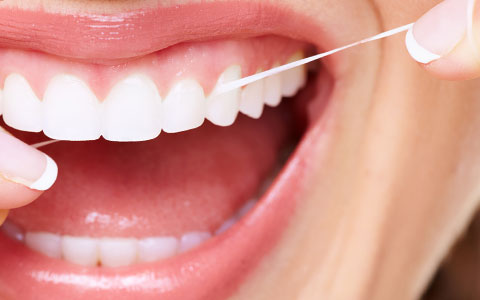The term "bite wings" originates from the small tabs that patients bite on to secure the x-ray film or sensor in place during the procedure. Bite wing radiographs are among the simplest and most accurate dental X-rays, providing distortion-free images crucial for precise assessment and diagnosis of dental decay between teeth. In younger patients, these X-rays also reveal the development of permanent teeth.
When taken with the film or sensor placed in a vertical direction (vertical bitewings), these radiographs additionally display bone volume and density, enabling evaluation of periodontal health (?peri? ? around; ?odont? ? tooth). Typically, a set of bitewing images comprises four films, two on each side, to capture all the posterior teeth, including premolars and molars. In younger children, a single bitewing image on each side may suffice.
The frequency of bitewing X-rays isn't a one-size-fits-all approach; it's a clinical decision made collaboratively between you and Dr. Alexandra Bendic after considering the risks, benefits, and alternatives. Several factors come into play, including age, which, for children and adolescents, reflects the stage of tooth development, and the risk of tooth decay, intertwined with various clinical factors. Periodontal health assessment also contributes to the decision, involving periodic monitoring and evaluation of bone levels.
It's common practice to have bitewing radiographs taken as frequently as every six to twelve months during childhood or adolescent development, as well as for adults with a high risk of decay. This proactive approach helps detect and address tooth decay promptly, potentially preventing extensive repairs or tooth loss, which would necessitate more extensive X-ray exposure beyond bitewings for comprehensive assessment and diagnosis. Longer intervals between bitewing X-ray examinations are recommended when the risk of caries (tooth decay) and periodontal disease is low.
Ready to prioritize your oral health with bite wing X-rays? Schedule your appointment with Dr. Alexandra Bendic at Westend Dental Clinic by calling (780) 484-0808. Our dental practice is conveniently situated at 17303 Stony Plain Rd in Edmonton, AB. Let us help you maintain a healthy smile.

If you have a damaged tooth that's not lost, a crown can be the solution to restore its shape, appearance, and function. Crowns, sometimes referred to as caps, are hollow
For the healthiest gums use these formulas for brushing, flossing, massaging gums, mouth-rinses, proxa-brushes, sulca-brushes, rubber-tip stimulators to overcome sensitive teeth, to ease the recovery of oral surgery, and for general overall cavity prevention.
A beautiful smile can give patients a lifetime of happiness!
(780) 484-0808